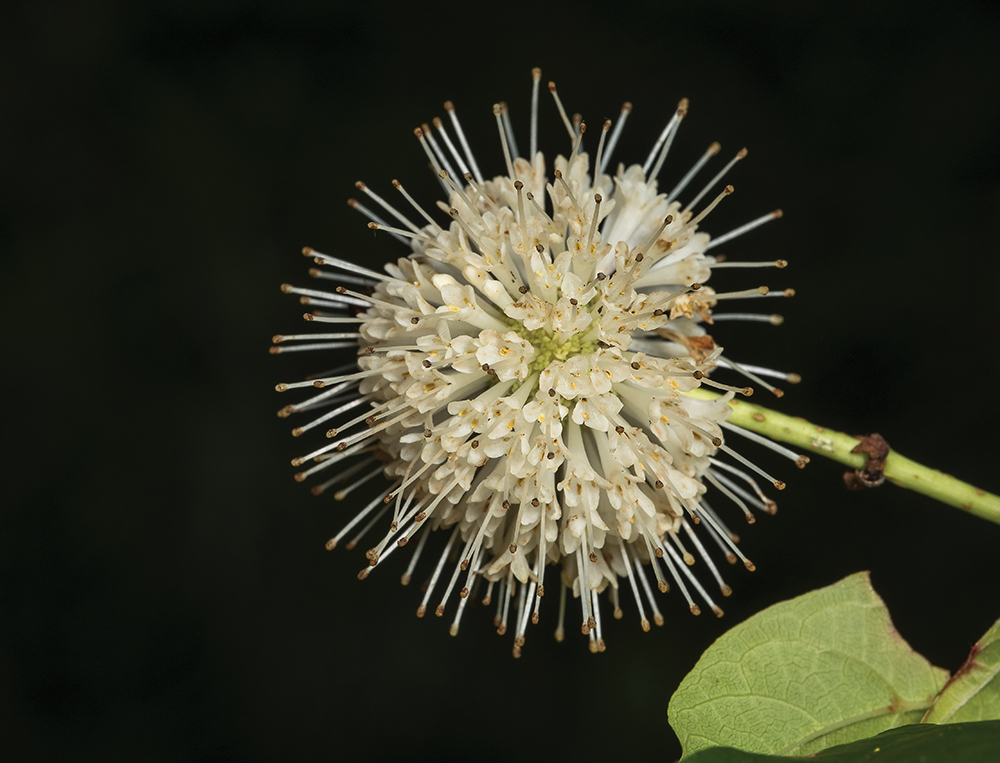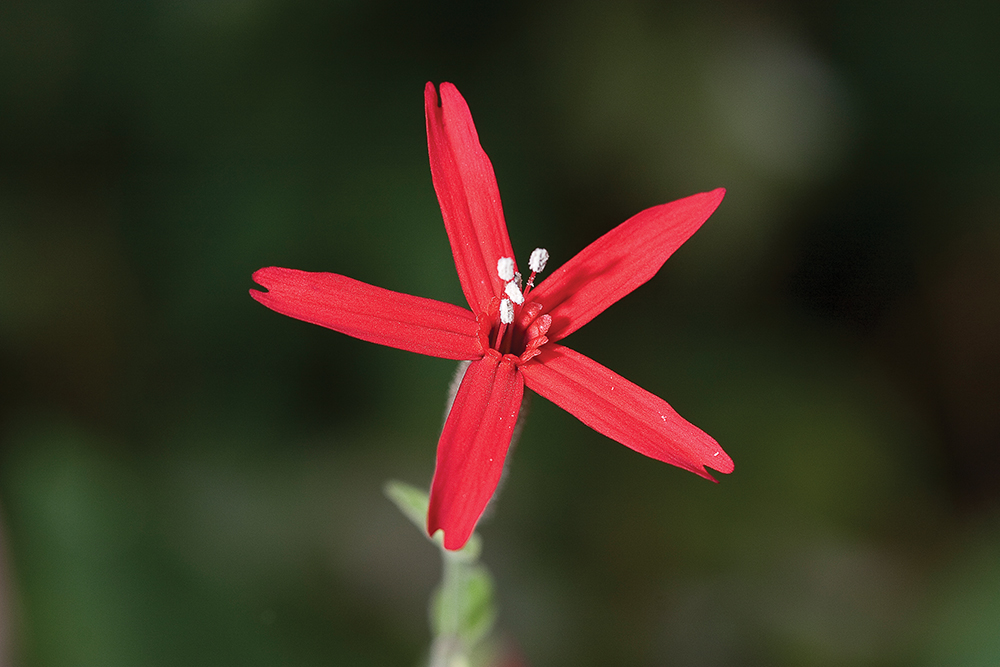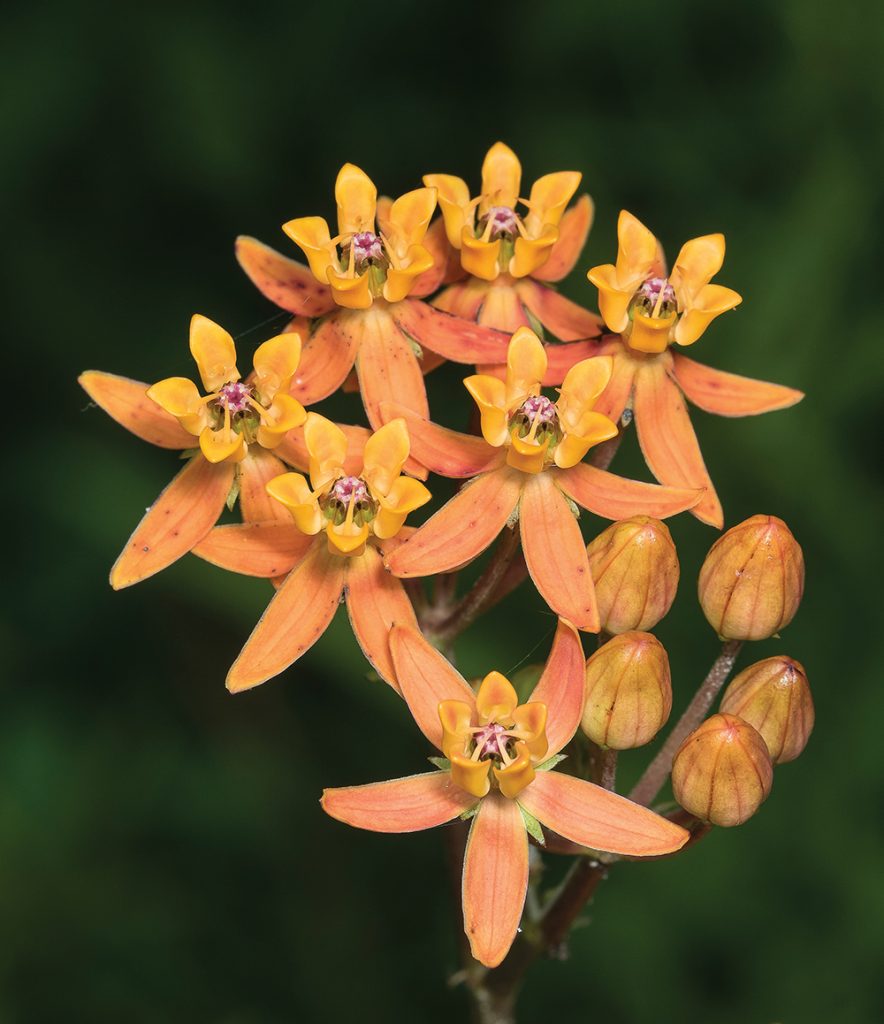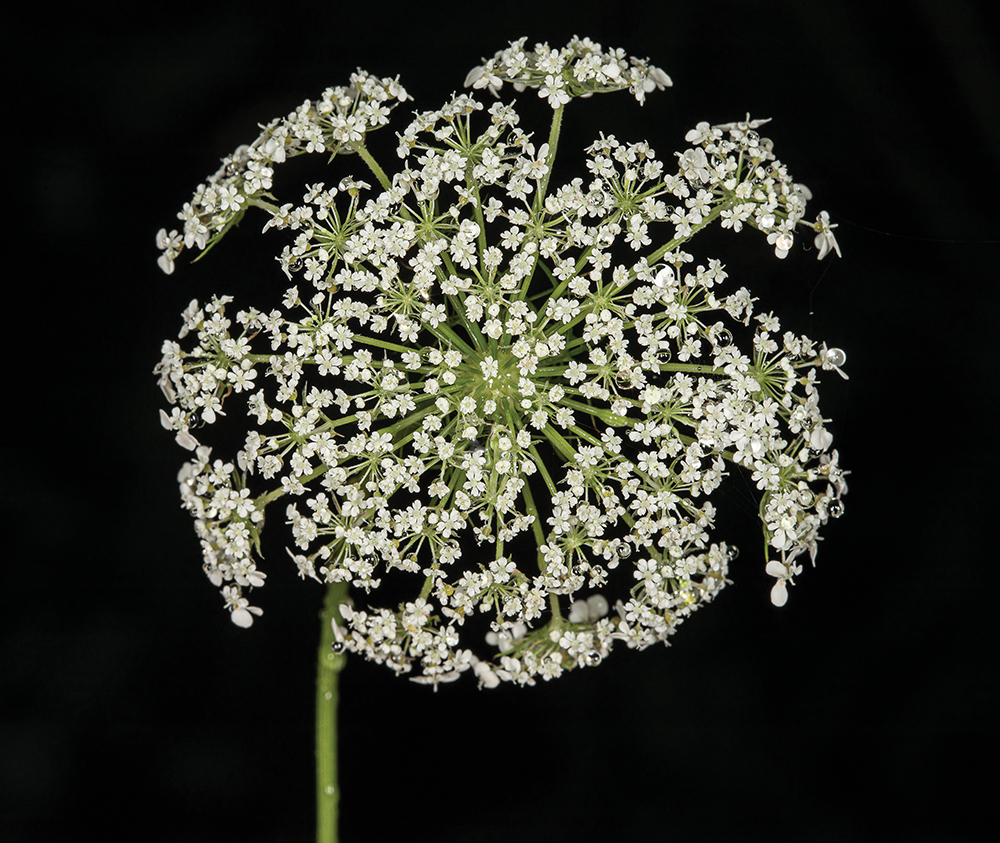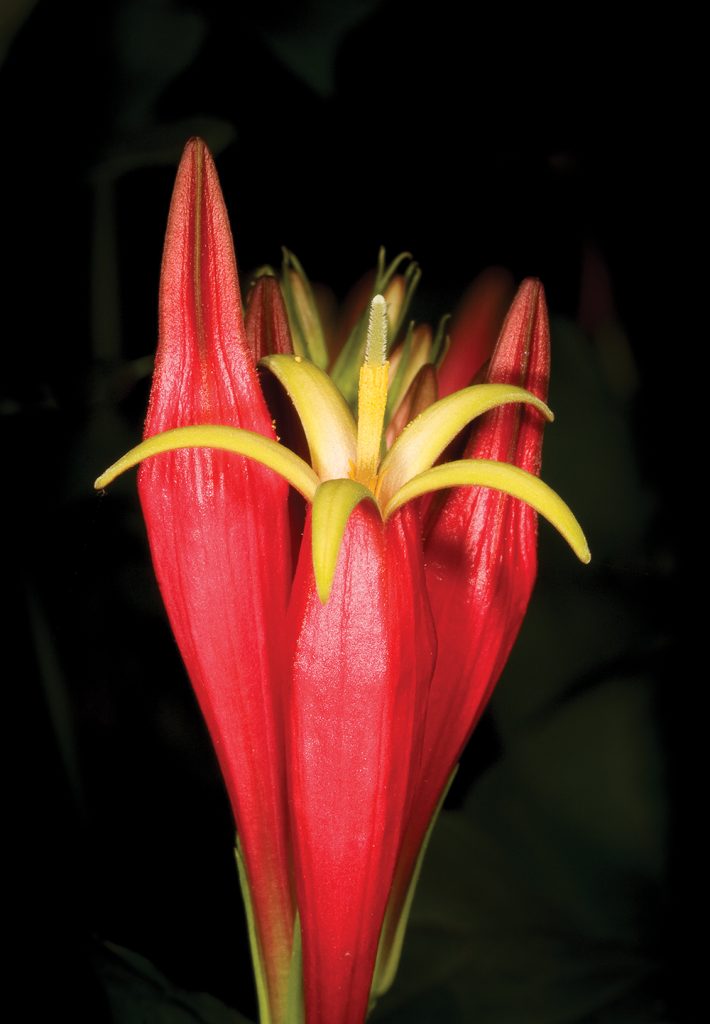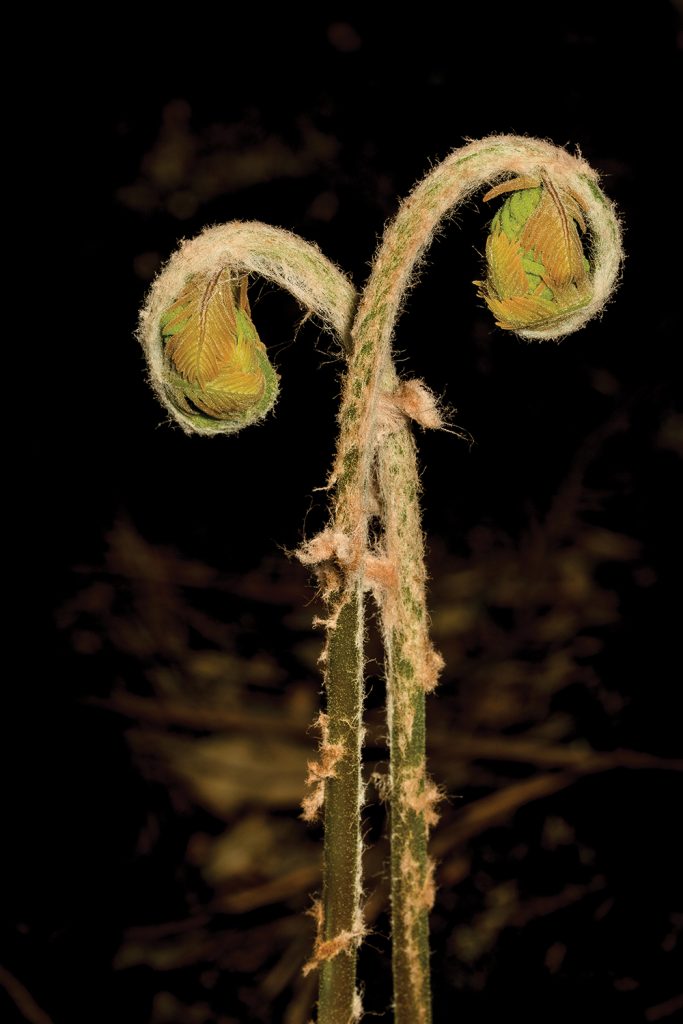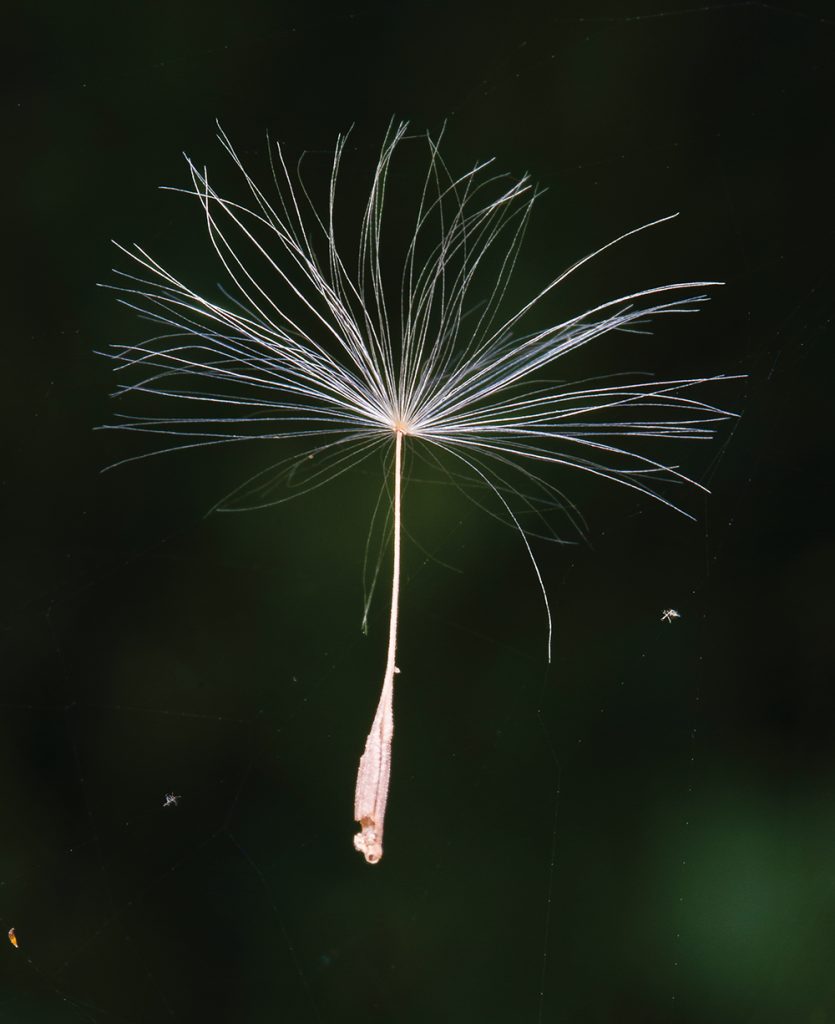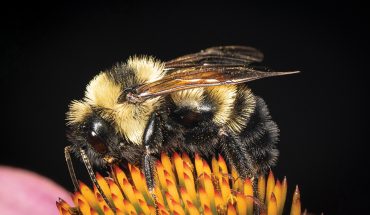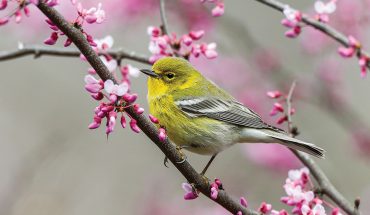Look around your yard this Fourth of July — you may find some plants that remind you of a brilliant fireworks display.
by Mike Dunn
July 4th is arguably one of America’s favorite holidays — family gatherings, beach trips, great food on the grill and, at night, those fireworks. Historians think fireworks originated in China several thousand years ago. The first firecracker may have been an accident: according to one account, someone threw a bamboo stick on a fire and it made a loud bang as the air pockets in the bamboo got hot and exploded.
Hundreds of years later, the precursor to modern gunpowder was created in China and the era of human-made fireworks was born. Today, the production and display of fireworks is a huge industry around the world. In the United States alone, revenues for the fireworks industry amount to well over $2 billion annually.
In researching fireworks online, I came across the American Pyrotechnics Association (APA), a professional trade group for the fireworks industry based right here in Southport, North Carolina. In addition to some of the history I mentioned above, I learned that there are industry-standard names for many of the display fireworks we love.
A few of my favorites: brocade, crossette and Roman candle. Some are named after features they resemble in the natural world, like the waterfall, fish and spider. And a surprising number are named after plants, including palm trees, falling leaves, chrysanthemum, peony, pistil and dahlia.
All of these firework plant names reminded me of all of the natural fireworks that our native plants showcase all summer long in our woodlands, meadows, roadsides and yards. Walking around our property and the hub of native plants in our area, the North Carolina Botanical Garden, I find many flower shapes and colors that would make an excellent fireworks namesake.
Here are some I may lobby the APA to consider:
Sensitive Briar
This trailing perennial has thorny stems and unusual pink ball-shaped flower heads with protruding yellow-tipped stamens. The small leaflets are sensitive to touch and will fold up if you brush against them. I think this would make an excellent finale effect in any show.
Plumleaf Azalea
Native to Alabama and Georgia, this beautiful bush blooms in mid-summer, later than any other North American wild azalea. The stamens arch upward from the flower in a dramatic effect.
Fire Pink
The genus name, Silene, is derived from the Greek Silenus, a companion and tutor of the Greek god of wine, Dionysus. This fiery red star-shaped flower is sure to catch your eye in your garden (or if it ever makes it up into the sky on July 4th).
Butterfly weed
This showy native milkweed is a great addition to your garden and a favorite nectar source for a variety of pollinators. It is also an important host plant for Monarch butterflies. Interestingly, it lacks the milky sap of most of its kin. The bright orange flowers resemble a starburst.
False Dandelion
Often found along roadsides, under powerlines and in meadows, this dandelion look-alike grows taller and has a more delicate yellow flower than its more common cousin. The leaves and roots are said to be edible. The puffy round seed head would also make a good addition to any floral fireworks display.
Lizard’s Tail
This moist soil or wetland perennial is named for the resemblance of the flower stalk to a reptilian tail. Like many spiked flowers, the florets mature starting at the base and work their way to the tip. Lizard’s Tail often forms dense colonies and would make an eye-popping display of drooping tails in the night sky.
Buttonbush
This wetland-loving shrub grows in moist garden soil. The fragrant, numerous pincushion flowers are pollinator magnets and this is the 2023 Wildflower of the Year for the NC Botanical Garden. A cluster of these spiky blossoms would look great in the night sky!
Queen Anne’s Lace
Said to resemble the lace of royalty of yore, this plant has naturalized across much of North America after being brought from Europe by early colonists. It is the wild plant that our carrots were developed from, hence another common name, wild carrot. The “flower” is actually a compound flower made up of hundreds of tiny white five-petaled flowers arranged in a flat top cluster known as an umbel (come to think of it, that would be a great name for this floral firework effect, too).
Pinkroot
Also known by its genus name, Spigelia, this striking wildflower thrives in my shady garden. Hummingbirds are often seen hovering at the flowers during its long bloom time. I can see a multi-stage firework evoking this flower’s eye-catching shape and color combination.
Cinnamon Fern
Though not a flower, the graceful shape of the Cinnamon Fern’s fronds unfurling in the spring would make an appealing trail in the night sky.
Seed caught in a spider web
The delicate lines of a single fluffy seed suspended in the air remind me of sparkling light trails of some fireworks.
I’ve always been a fan of fireworks displays like the ones you see in big cities or at your local fairgrounds. The variety of colors, shapes, movement and sounds is a feast for the senses. But depending where you live, it can be an effort to see one of the big fireworks shows. So, I’m grateful for the natural fireworks display the native plants in our yard provide.
This Fourth of July, I encourage you to take a moment to wander around your yard, a public garden or a local park to see if you can find some floral fireworks of your own.
This article originally appeared in the July issue of WALTER magazine.

